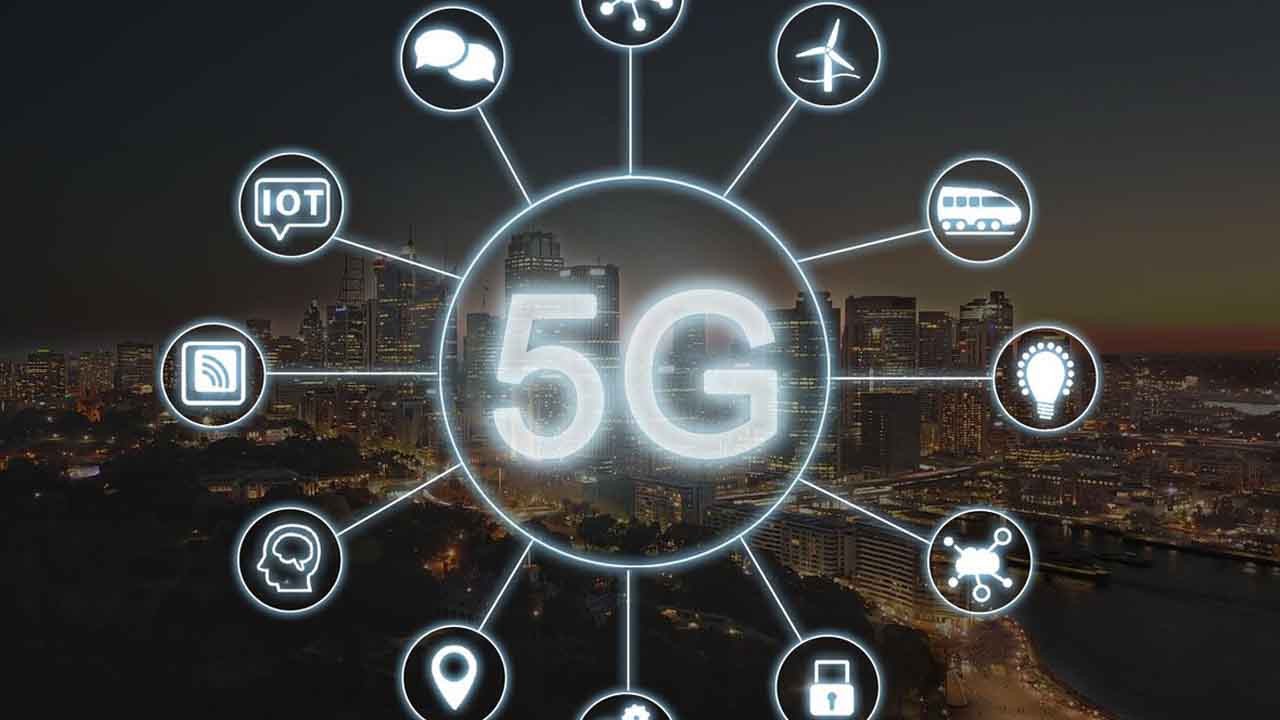The arrival of 5G is quietly reshaping the fabric of daily life, not through dramatic overnight changes, but through a steady evolution of how we connect, work, and interact with the world around us. Unlike previous generations of wireless technology, 5G is not just about faster downloads or smoother streaming. It’s about enabling a new level of responsiveness, reliability, and connectivity that touches everything from personal convenience to industrial transformation. As the infrastructure matures and adoption spreads, the impact of 5G is becoming more visible in the routines and rhythms of everyday living.
One of the most immediate benefits of 5G is the reduction in latency, which refers to the time it takes for data to travel from one point to another. In practical terms, this means that actions taken on a device—whether tapping a screen, issuing a voice command, or interacting with a smart appliance—are executed almost instantaneously. This responsiveness enhances user experience across a wide range of applications. For example, video calls feel more natural, with fewer delays and interruptions. Online gaming becomes more immersive, with real-time feedback that mirrors physical interaction. Even mundane tasks like navigating traffic or checking weather updates become smoother and more reliable.
Beyond personal convenience, 5G is transforming how people work. Remote collaboration has become a staple of modern business, and 5G strengthens this shift by supporting high-quality video conferencing, cloud-based workflows, and real-time data sharing. Employees can participate in meetings from virtually anywhere, access large files without lag, and use augmented reality tools to visualize projects or troubleshoot issues. This level of connectivity supports not just flexibility but productivity, allowing teams to operate efficiently across geographies and time zones. For freelancers, entrepreneurs, and small businesses, 5G opens doors to tools and platforms that were previously limited by bandwidth constraints.
Smart homes are another area where 5G is making a noticeable difference. With more devices connected to the internet—from thermostats and lights to refrigerators and security cameras—the demand for reliable, high-speed communication is growing. 5G supports this ecosystem by enabling devices to communicate seamlessly, respond quickly, and operate without interference. A homeowner can adjust settings remotely, receive alerts in real time, and even automate routines based on behavior patterns. The result is a living environment that feels more intuitive and responsive, enhancing comfort, security, and energy efficiency.
Healthcare is also being reshaped by 5G, particularly in the realm of telemedicine and remote monitoring. Patients can consult with doctors via high-definition video, share diagnostic data instantly, and receive timely feedback without traveling to a clinic. Wearable devices can track vital signs and transmit data continuously, allowing for proactive care and early intervention. For individuals managing chronic conditions, this connectivity offers peace of mind and a higher quality of life. For providers, it means better access to patient information and more efficient care delivery. The implications extend beyond convenience—they represent a shift toward more personalized, accessible, and data-driven healthcare.
Transportation is another sector feeling the ripple effects of 5G. Real-time traffic updates, predictive navigation, and vehicle-to-vehicle communication are becoming more sophisticated. Commuters benefit from more accurate arrival times, dynamic route adjustments, and safer driving conditions. Public transit systems can optimize schedules and respond to demand more effectively. In the longer term, 5G will be a foundational element in the development of autonomous vehicles, enabling them to process data, communicate with infrastructure, and make split-second decisions with precision. This evolution promises not just efficiency but a reimagining of mobility itself.
Retail experiences are also evolving under the influence of 5G. In-store technologies such as smart shelves, digital signage, and mobile checkout systems rely on fast, stable connections to function smoothly. Customers can access product information, compare prices, and receive personalized recommendations in real time. Online shopping becomes more interactive, with virtual try-ons, immersive browsing, and faster delivery tracking. Retailers can analyze customer behavior more effectively, adjust inventory dynamically, and create more engaging experiences. The line between physical and digital commerce continues to blur, driven by the capabilities that 5G unlocks.
Education is another domain where 5G is expanding possibilities. Students can participate in virtual classrooms with minimal lag, access rich multimedia content, and collaborate on projects in real time. Teachers can use augmented and virtual reality to create immersive learning environments, bringing abstract concepts to life. Schools in remote or underserved areas gain access to resources and expertise that were previously out of reach. This connectivity supports more inclusive, engaging, and effective learning experiences, preparing students for a world where digital fluency is essential.
As 5G becomes more integrated into daily life, it also raises important questions about equity, privacy, and infrastructure. Ensuring that all communities have access to reliable 5G service is critical to avoiding digital divides. Protecting personal data in an increasingly connected world requires robust safeguards and transparent practices. Building the physical infrastructure to support 5G—such as small cell towers and fiber networks—requires coordination, investment, and public trust. These challenges are not insurmountable, but they demand thoughtful planning and collaboration across sectors.
Ultimately, the impact of 5G on daily life is about more than speed—it’s about possibility. It’s about creating a digital environment where interactions are fluid, services are responsive, and innovation is accessible. As the technology continues to evolve, its influence will deepen, touching more aspects of how we live, work, and connect. The future shaped by 5G is not just faster—it’s smarter, more inclusive, and more attuned to the needs of a connected society.
Sources:




